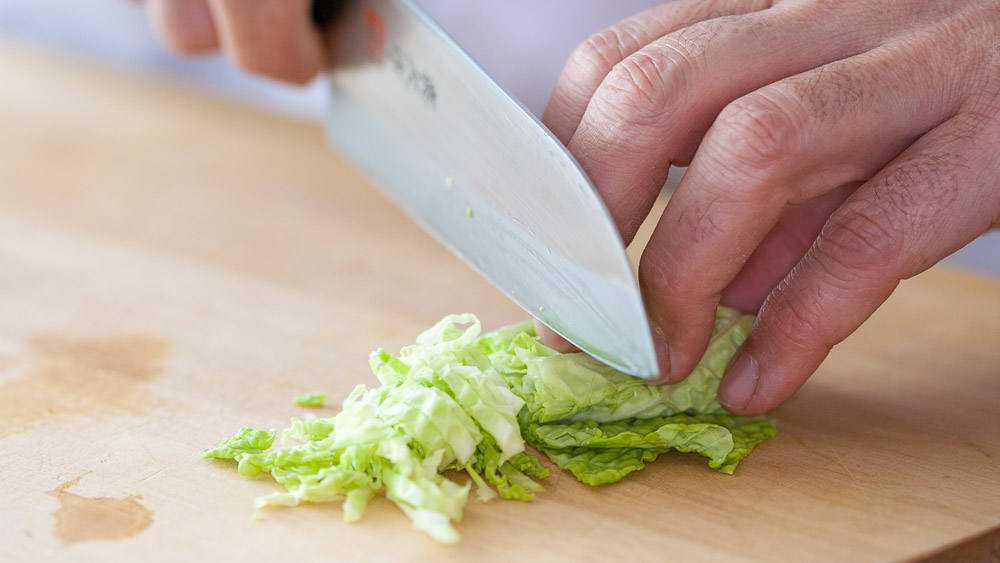How to Sharpen Serrated Steak Knife: Tips For Enthusiasts
Written By James Morgan
Every barbecue enthusiast knows that a well-cooked steak deserves to be savored with precision. A sharp, serrated steak knife can make all the difference. In this exclusive guide, we will dive deep into the steps to sharpen your serrated steak knife effectively, ensuring your BBQ experience is nothing short of remarkable.

Why Sharpening is Essential
Understanding the importance of keeping your serrated steak knives sharp is crucial. Not only does it make cutting through meat easier, but it also ensures that the steak retains its juicy tenderness without being torn apart. A dull knife can crush and tear, leading to a less than delightful dining experience.

Tools You Will Need
1. A Knife Sharpening Rod
This tool, often ceramic or diamond-coated, is essential for reaching the tiny serrations on your steak knife. Unlike traditional sharpening stones, a sharpening rod is designed to work within the grooves, honing the edges precisely.
2. A Cloth or Towel
Keeping a cloth handy helps in maintaining a firm grip on the knife and wiping away any metal filings during the sharpening process.
3. Knife Honing Oil (Optional)
If you prefer, using a honing oil can further streamline the sharpening process. It reduces friction and prevents overheating, which could otherwise damage the blade.
:max_bytes(150000):strip_icc()/__opt__aboutcom__coeus__resources__content_migration__simply_recipes__uploads__2019__05__knife_skills_METHOD00002-57c17ebfcbbc4e73bd35332b57a86500.jpg)
Step-by-Step Guide to Sharpen Your Serrated Steak Knife

Step 1: Secure Your Knife
Place your knife on a sturdy surface. You can use a cloth underneath to keep it from slipping. Always ensure your knife is clean before starting to sharpen.
Step 2: Identify the Serrations
Examine the blade closely to see which side has the serrations. Only the side with the serrations needs sharpening, while the flat side remains untouched.
Step 3: Insert the Sharpening Rod
Place the tip of the sharpening rod into one of the serrations. Angle the rod so that it matches the beveled edge of the serration. Lightly move the rod in a sweeping motion, back and forth, ensuring it reaches the entire surface of the serration.
Step 4: Repeat for All Serrations
Continue this process for each serration along the blade. Patience is key here; do not rush through it to avoid uneven sharpening.
Step 5: Wipe and Test
Once youve sharpened each serration, wipe the blade clean with your cloth. Test the knife on a piece of paper or a vegetable to check its sharpness. It should slice effortlessly.

Maintaining Your Serrated Steak Knife
Sharpening is essential, but maintaining that sharp edge is equally important. Regularly honing your steak knife and storing it properly can elongate the time between sharpening sessions. Consider investing in a knife block specifically designed for serrated knives to prevent dulling.
Common Mistakes to Avoid
Using a Traditional Sharpener
Traditional sharpeners are not designed for serrated knives. They can damage the serrations, rendering the knife ineffective.
Ignoring the Beveled Edge
Failing to match the sharpening rods angle with the beveled edge of the serration can lead to improper sharpening.
Sharpening Both Sides
Only the serrated side of the knife should be sharpened. Sharpening the flat side can cause the knife to become unbalanced.
How Often Should You Sharpen?
The frequency of sharpening depends on how often you use your serrated steak knife. For avid barbecue enthusiasts, sharpening every few months can keep your knives in optimal condition. However, if you notice any resistance while slicing, its a sign to get sharpening.
External Resources
For more detailed guides on knife maintenance, check out this kitchen guide from Cooking Hub.
FAQ
Can You Use a Regular Knife Sharpener on a Serrated Knife?
No, regular knife sharpeners are not suitable for serrated blades. They do not reach the individual serrations and can damage the knife.
Is It Important to Use Honing Oil?
While not mandatory, honing oil can make the process smoother and protect your knife from potential overheating damage.
How Can You Test If Your Knife Is Sharp?
A simple paper test can help. A properly sharpened serrated knife should cut through paper smoothly without tearing.
As an Amazon Associate, I earn from qualifying purchases.



